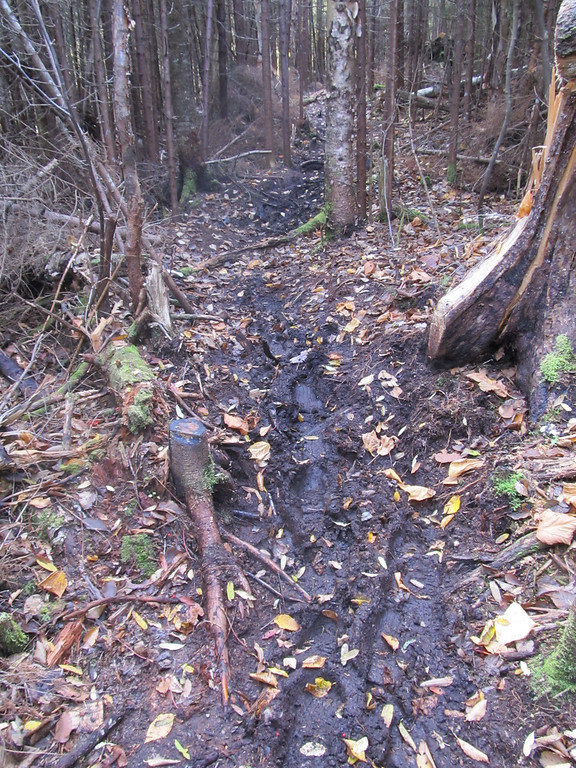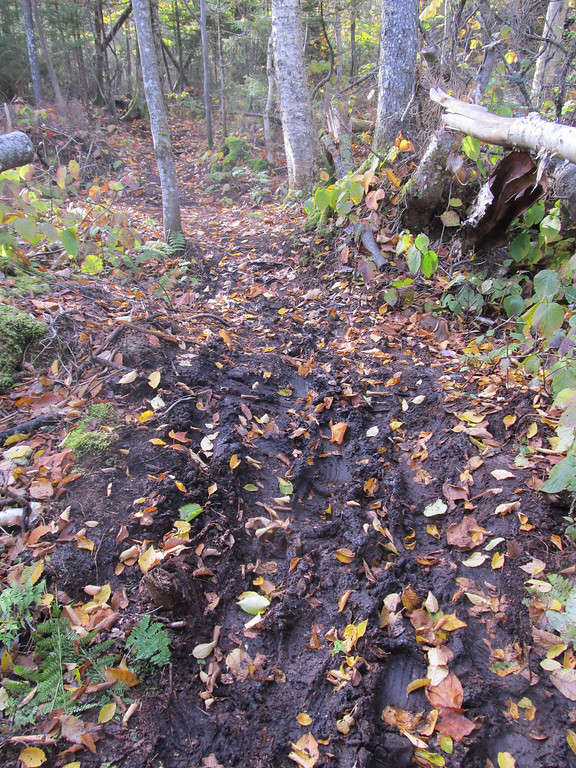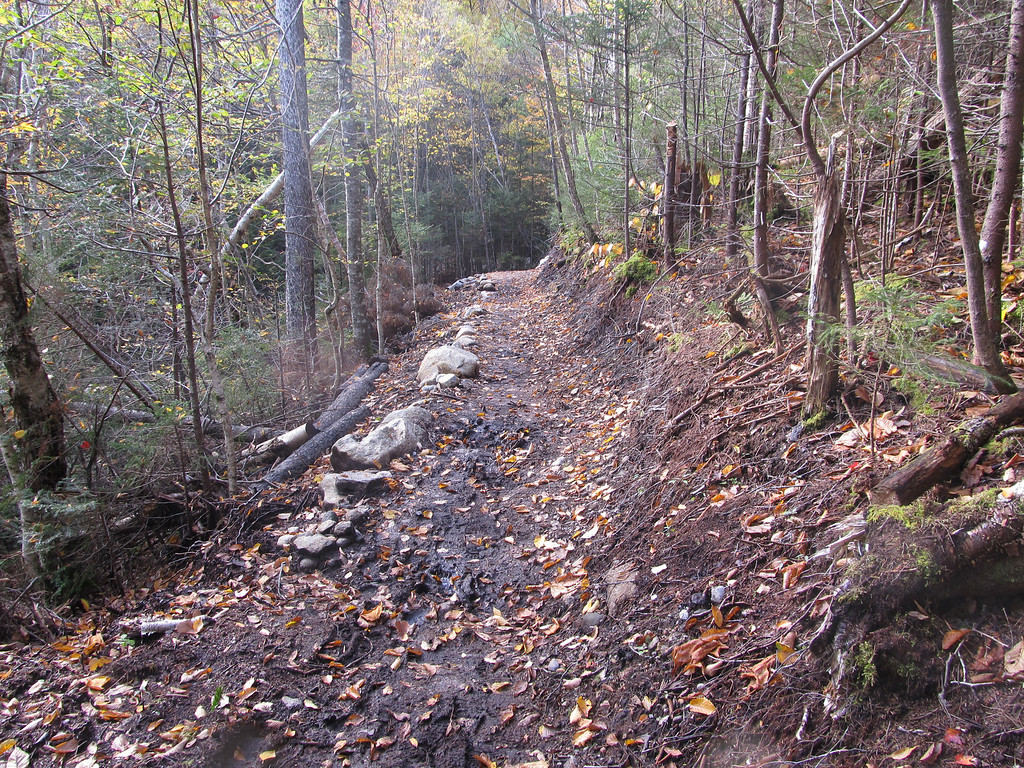Jeff&Henry
New member
I'm curious -- is their a new preference that new trails are "trenched" rather than flush with the ground? Post Irene, it would appear that most of the new trails I've encountered (such as the new section of Gale River, the lower section of Signal Ridge, the re-route of Gorge Brook on Moosilauke, etc) are significantly below the grade, and I'm wondering if there's prevailing wisdom for the method...
I'm not criticizing in anyway, just trying to understand. Personally, last week on the re-routed section of Gorge Brook, it felt a bit more like a Tough Mudder course, then a trail... ;-)
I also have an ulterior motive for asking -- my town has recently stated they'll be building a trail system throughout and I'd love to help out. I think I know what makes a good trail, but recognize I can always learn more. If anyone has any favorite trail-building books, please pass the names along.
Many thanks.
JW
I'm not criticizing in anyway, just trying to understand. Personally, last week on the re-routed section of Gorge Brook, it felt a bit more like a Tough Mudder course, then a trail... ;-)
I also have an ulterior motive for asking -- my town has recently stated they'll be building a trail system throughout and I'd love to help out. I think I know what makes a good trail, but recognize I can always learn more. If anyone has any favorite trail-building books, please pass the names along.
Many thanks.
JW



